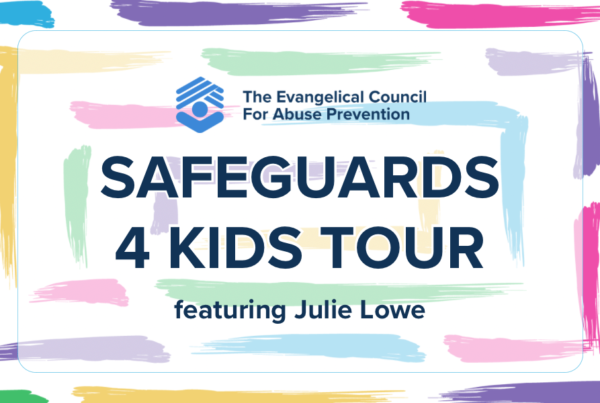Sexual predators walk among us. They are both men and women, young and old, and they are from all types of occupations, economic classes, and demographic backgrounds. Perhaps you think your family is safe because you checked the appropriate websites to verify there are no registered sex offenders living near you. That is a good start; but registered sex offenders are perpetrators who have been caught and convicted of a qualifying offense. How do you detect those who have not been apprehended, or even detected? Here are some clues.
Types of Sexual Predators
Sex offenders are often portrayed as impulsive individuals, unable to control their thoughts or behavior. Some are; but research indicates this is not always true. A study by Maria Francisca Rebocho and Rui Abrunhosa Gonçalves (2012) entitled “Sexual Predators and Prey: A Comparative Study of the Hunting Behavior of Rapists and Child Molesters” revealed that many sexual predators are in control of their faculties, and are rational decision makers.[1]
Rebocho and Goncalves classified sexual offenders into three types: manipulative, opportunist, and coercive. They found that child molesters are more likely to be manipulative, targeting known victims with whom they already have a relationship, as opposed to strangers.
The goal is to avoid forming a relationship with a child predator to begin with. Unfortunately, some predators are already employed in jobs that involve working with children. But not all of them. Many predators intentionally befriend parents with children within their target age range. You want to be able to spot these offenders before they sweet talk their way into your life, and the lives of your children.
Spotting Predatory Behavior
You cannot identify a sexual predator by looking; they are hiding in plain sight. In your neighborhood, your workplace, your child´s school. While you cannot identify them visually, you can sometimes detect them through their behavior. In pursuit of establishing inroads to access victims, predators will push the boundaries of interpersonal relationships both physically and emotionally. Here are some red flags to be aware of.
- Where the Children Are
Many predators already live or work in an arena where they know which neighbors or colleagues have young children. Some choose to live in areas where there are lots of young families and playgrounds. Outside of their known contacts, however, predators always keep an eye out for potential victims. Consequently, one of the simplest ways to protect your family in public, both on and offline, is to avoid advertising to strangers that you have young children.
- Stranger Danger: Contrived Conversation
Many adults will make conversation with your child in front of you, asking about their age, or their name. Such innocent contact is rarely grounds for suspicion. But be wary of strangers who strike up a conversation with your child when you are not there. Be particularly suspicious of anyone who asks your child for help or directions, even if they are wearing a business suit or other professional clothing. This type of approach should be a notoriously transparent ploy to gain access to potential victims, but parents are often fooled by predators who, by virtue of their attire, are literally clothed with credibility.
- Pathological Identification
Predators often suffer from deviant peer identification, preferring the company of children to adults. Many offenders, apart from their illicit motives, genuinely feel more comfortable talking with children. Some are socially awkward and uncomfortable in the company of their own age group, and admittedly prefer the nonjudgmental acceptance of children. Whether as a result of arrested development or prurient interest, adults who spend more time in public speaking to children than to adults should be noted.
- History Repeats Itself
One bright red flag is a revelation that often comes directly from the perpetrator himself: that he has previously been accused of some type of child molestation offense. In many of my cases, this revelation actually enhanced the defendant´s perceived credibility in the eyes of the victim´s family. Yet consider the odds. Most adults have never been accused of child molestation. Admitting one prior allegation is bad enough; more than one is highly suspect, particularly when the allegations involve different victims in unrelated settings.
Collective Perception Enhances Protection
Staying safe does not require paranoia, but preparedness. Familiarize yourself with the tricks and tactics used by child predators in order to spot them before they spot you—and your child. By keeping these tips in mind, we can enhance both perception and perspective, improving our collective ability to spot red flags, and keep each other safe.
[1] Maria Francisca Rebocho and Rui Abrunhosa Gonçalves, “Sexual Predators and Prey,” Journal of Interpersonal Violence, 27(14), (2012) 2770-2789.





